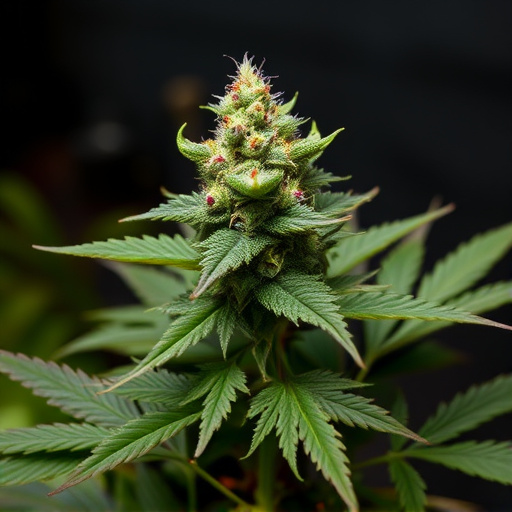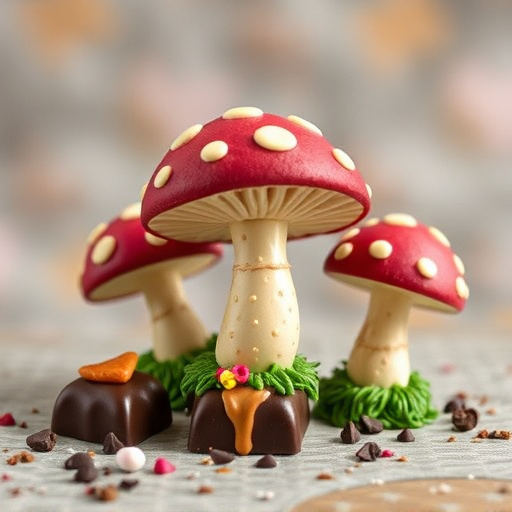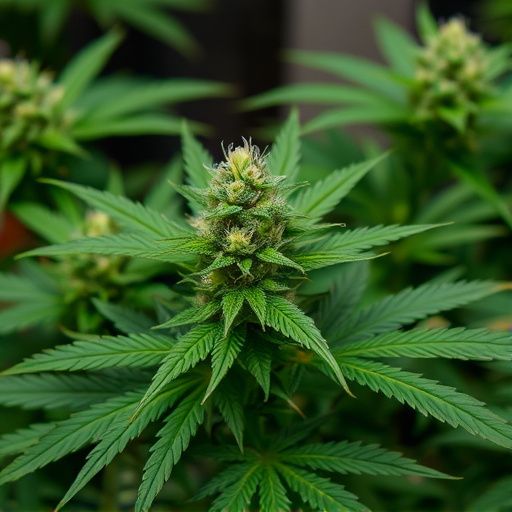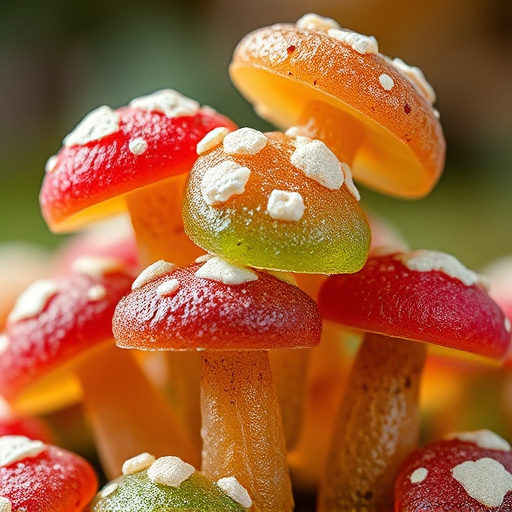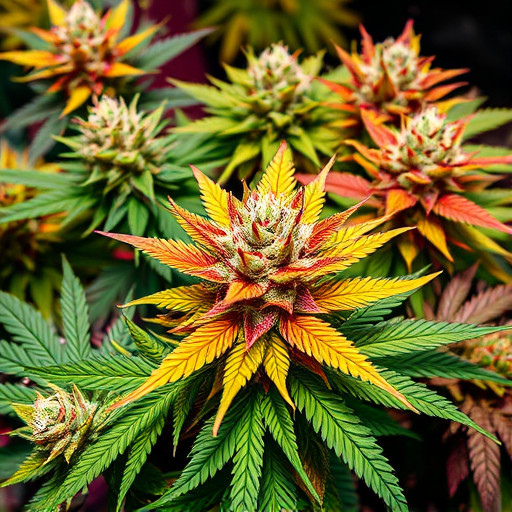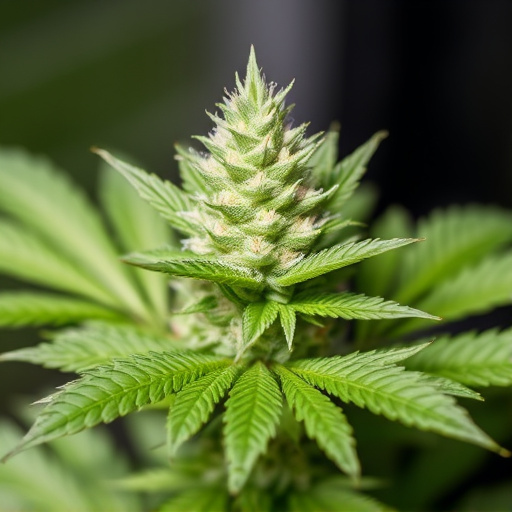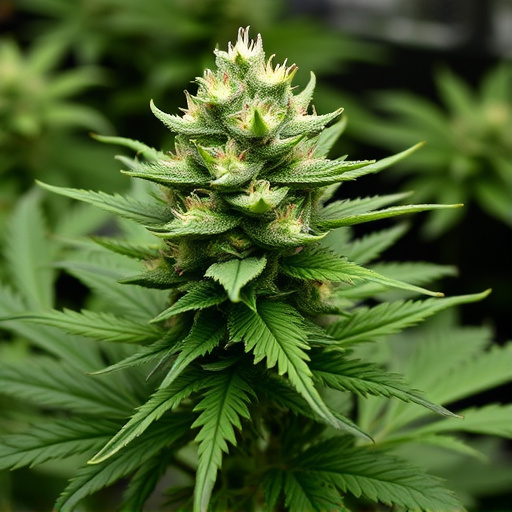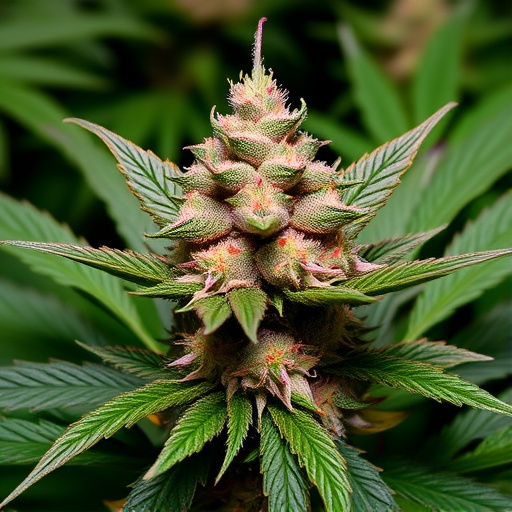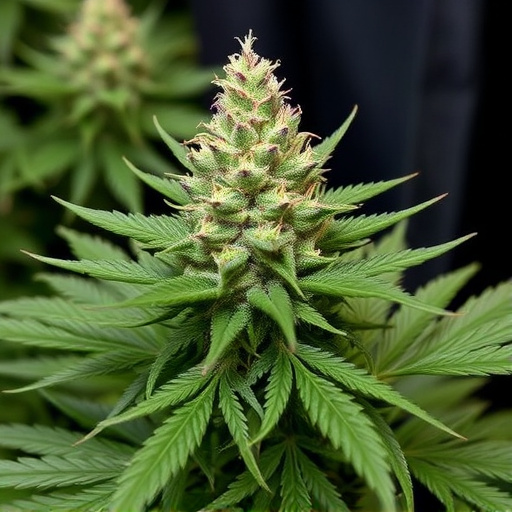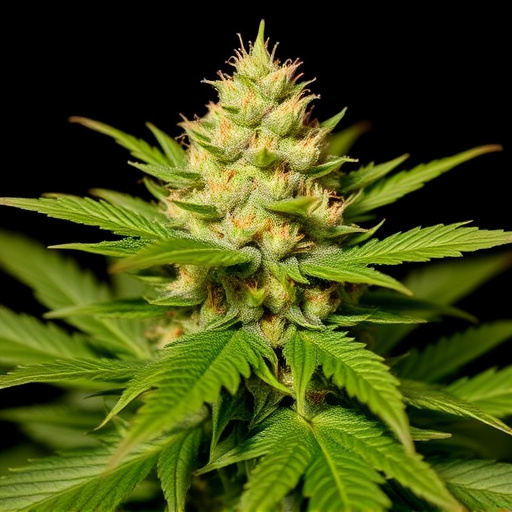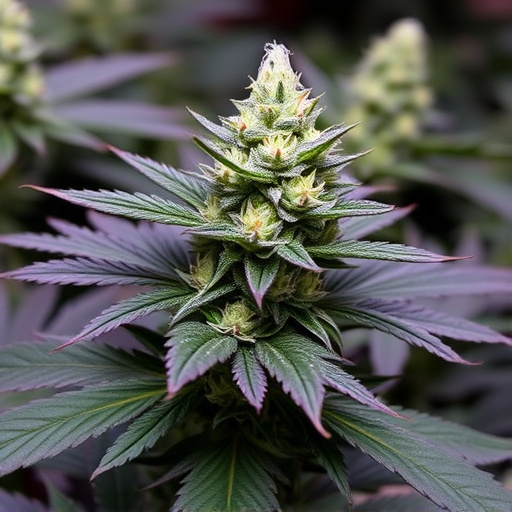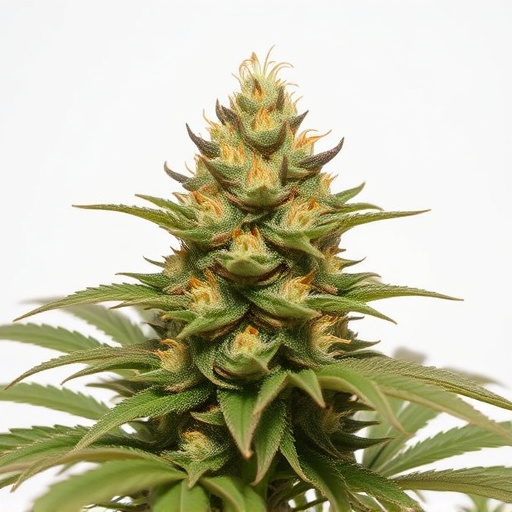Trichomes, microscopic glandular hairs on cannabis buds, are vital for unlocking the plant's potential. They produce resins with cannabinoids (THC, CBD) and terpenes, contributing to unique aromas, effects, and therapeutic benefits of cannabis cup winning strains. As flowers mature, trichome density increases, allowing cultivators to optimize growing conditions for superior cannabinoid and terpene profiles, leading to the development of diverse, high-quality cannabis cup winning strains.
“Unveiling the secrets behind every cannabis flower’s allure, we delve into the captivating world of trichomes. These microscopic structures, akin to tiny hair-like projections, are the unsung heroes responsible for the diverse characteristics of cannabis. In this comprehensive guide, we explore what trichomes truly are and how they significantly impact the development and quality of cannabis flowers.
Furthermore, we uncover the fascinating variety of trichome types, shedding light on their role in defining the unique traits of renowned cannabis cup winning strains.”
- What Are Trichomes? An In-Depth Look at These Cannabinoid-Rich Structures
- The Role of Trichomes in Cannabis Flower Development and Quality
- Exploring Trichome Types: How They Affect Cannabis Cup Winning Strains' Unique Characteristics
What Are Trichomes? An In-Depth Look at These Cannabinoid-Rich Structures
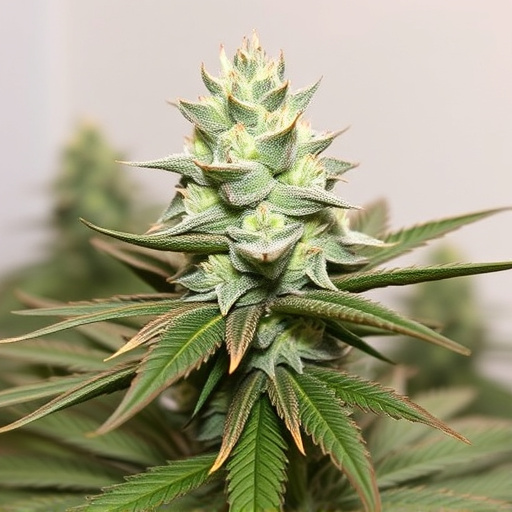
Trichomes are tiny, hair-like structures that play a significant role in cannabis plants, especially in flower buds. They are glandular hairs, rich in cannabinoids and terpenes, which give cannabis its distinctive aroma and unique effects. These microscopic marvels are responsible for the plant’s medicinal and recreational properties, making them a key focus for cultivators striving to produce top-quality cannabis cup winning strains.
Each trichome produces resins that encapsulate cannabinoids like THC (tetrahydrocannabinol) and CBD (cannabidiol), along with various terpenes. As the cannabis flower matures, these trichomes become more abundant and concentrated, particularly on the buds’ surface. The study of trichomes has revolutionized cannabis cultivation, allowing growers to optimize conditions for enhanced cannabinoid production, thus creating strains that offer diverse therapeutic benefits and desirable flavour profiles.
The Role of Trichomes in Cannabis Flower Development and Quality
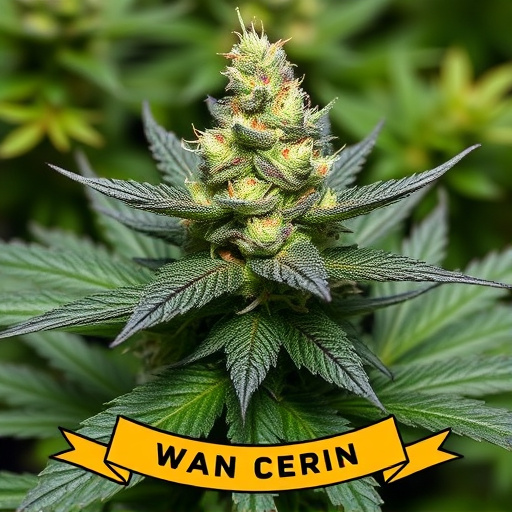
Trichomes, tiny glandular structures that cover the surface of cannabis flowers, play a pivotal role in the plant’s development and the overall quality of its buds. These intricate glands are responsible for producing essential compounds like terpenes and cannabinoids, which contribute to the unique aroma, flavor, and therapeutic effects associated with different cannabis cup winning strains. Not only do trichomes enhance the sensory experience, but they also serve as a protective layer, shielding the flowers from environmental threats.
As cannabis flowers mature, the trichomes become more prominent, often appearing as tiny hairs or sticky resins on the buds. The density and composition of these trichomes directly impact the potency and desirability of the final product. High-quality cannabis strains are known for their abundant and well-formed trichomes, which indicate a rich concentration of valuable compounds. Understanding the role of trichomes is essential for cultivators aiming to create superior cannabis cup winning strains that meet the high expectations of enthusiasts.
Exploring Trichome Types: How They Affect Cannabis Cup Winning Strains' Unique Characteristics
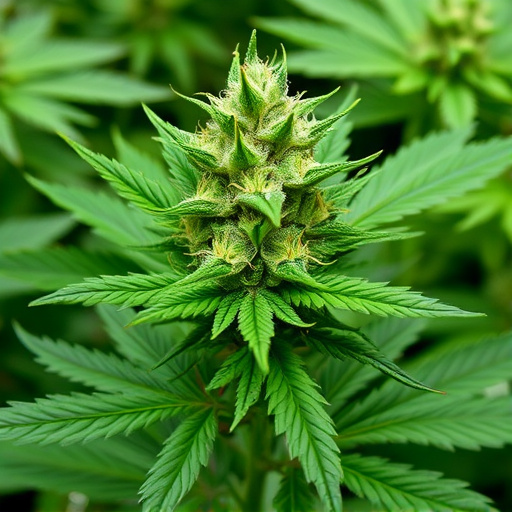
Trichomes, those tiny glandular hairs that adorn the surface of cannabis flowers, play a pivotal role in shaping the unique characteristics of cannabis cup winning strains. They come in various types, each contributing to different sensory and therapeutic experiences. Resin trichomes, for instance, are responsible for producing the sticky resin that coats the buds, often indicating higher levels of cannabinoids and terpenes—key factors in determining a strain’s potent effects.
The presence and structure of these trichomes can significantly impact a cannabis cup winning strain’s aroma, flavor, and even its visual appeal. Hairs that are dense and sticky tend to produce more aromatic compounds, leading to richer, more complex scents. Additionally, different trichome types may influence the overall feeling one experiences after consumption, with certain strains known for their uplifting or calming effects, often attributed to specific cannabinoid profiles facilitated by these microscopic structures.
Trichomes, with their cannabinoid-rich profiles, play a pivotal role in shaping the unique characteristics of cannabis cup winning strains. Understanding these microscopic structures and their diverse types is essential for cultivators and enthusiasts alike. By recognizing the impact of trichomes on flower development and quality, we can better appreciate the intricate art of cannabis cultivation, enabling us to select and enjoy the finest strains available.


